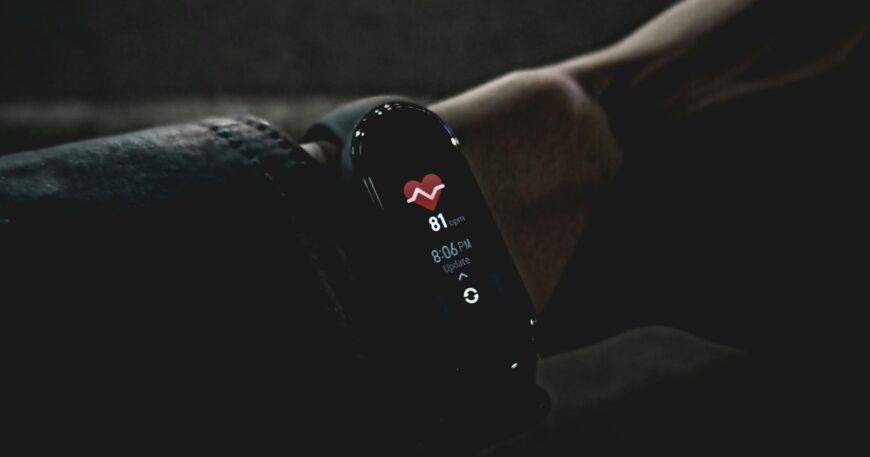In today’s fast-paced world, where information flows seamlessly and innovation is at the forefront of our daily lives, the integration of technology into our health and wellness routines has become increasingly prevalent. One such innovation that has been making waves is wearable technology. These devices, ranging from smartwatches to fitness trackers, have become synonymous with the modern quest for health optimization.
The rise of the wellness tech boom can be attributed to several factors. Firstly, the increasing awareness of the importance of personal health and fitness in combating sedentary lifestyles and chronic diseases has fueled the demand for solutions that empower individuals to take control of their well-being. Secondly, advancements in sensor technology, data analytics, and machine learning have enabled wearable devices to provide users with actionable insights into their health metrics, such as heart rate, sleep patterns, and activity levels.
The impact of wearable devices on personal health is multifaceted. On one hand, they serve as constant reminders to stay active and maintain healthy habits, thereby promoting behavior change and adherence to fitness goals. On the other hand, the real-time feedback and personalized recommendations offered by these devices empower users to make informed decisions about their health, leading to better outcomes and improved quality of life.
Moreover, wearable technology has also revolutionized the way we approach preventive healthcare. By continuously monitoring key health indicators and detecting early warning signs of potential health issues, these devices enable proactive interventions and timely medical interventions, ultimately reducing healthcare costs and improving overall population health.
However, despite the numerous benefits they offer, wearable devices are not without their challenges. Privacy concerns, data security issues, and the accuracy of health data generated by these devices remain key areas of debate and scrutiny. Additionally, the sheer volume of health-related data generated by wearable devices poses challenges in terms of data management, interpretation, and integration with existing healthcare systems.
Therefore, the wellness tech boom driven by wearable devices represents a paradigm shift in how we approach personal health and wellness. By leveraging the power of technology to empower individuals, improve health outcomes, and drive preventive healthcare initiatives, wearable devices have the potential to revolutionize the way we live, work, and stay healthy in the digital age. However, realizing this potential will require collaboration between technology developers, healthcare providers, policymakers, and consumers to address the challenges and harness the opportunities presented by this transformative technology.


